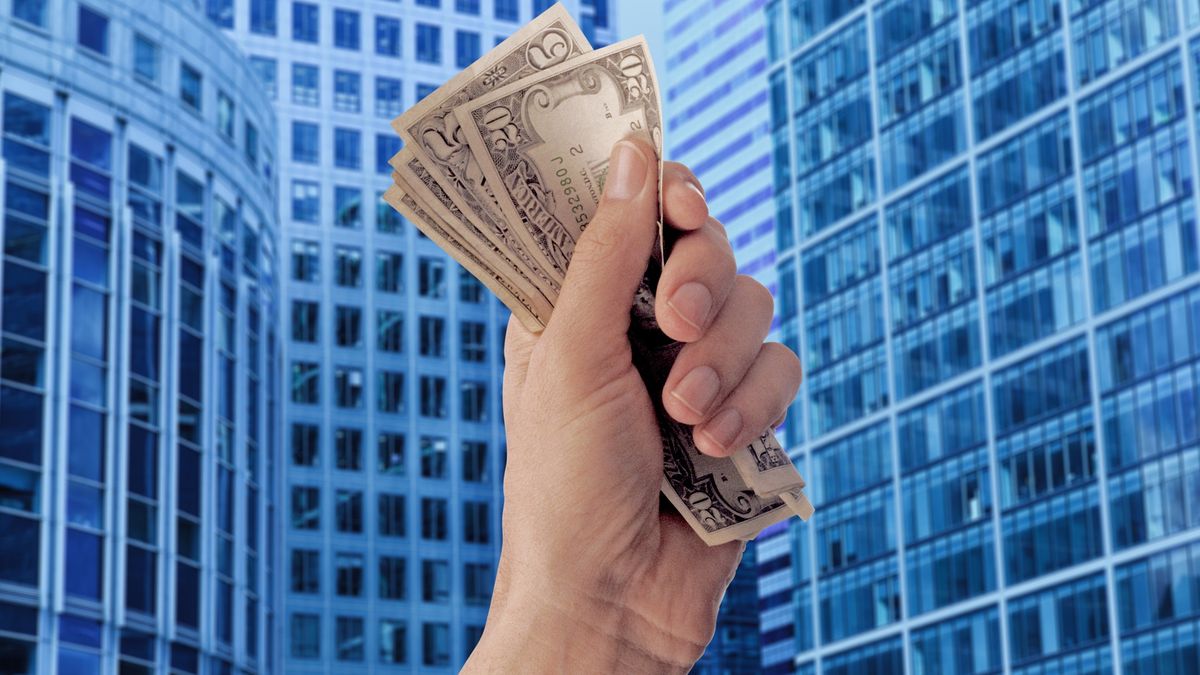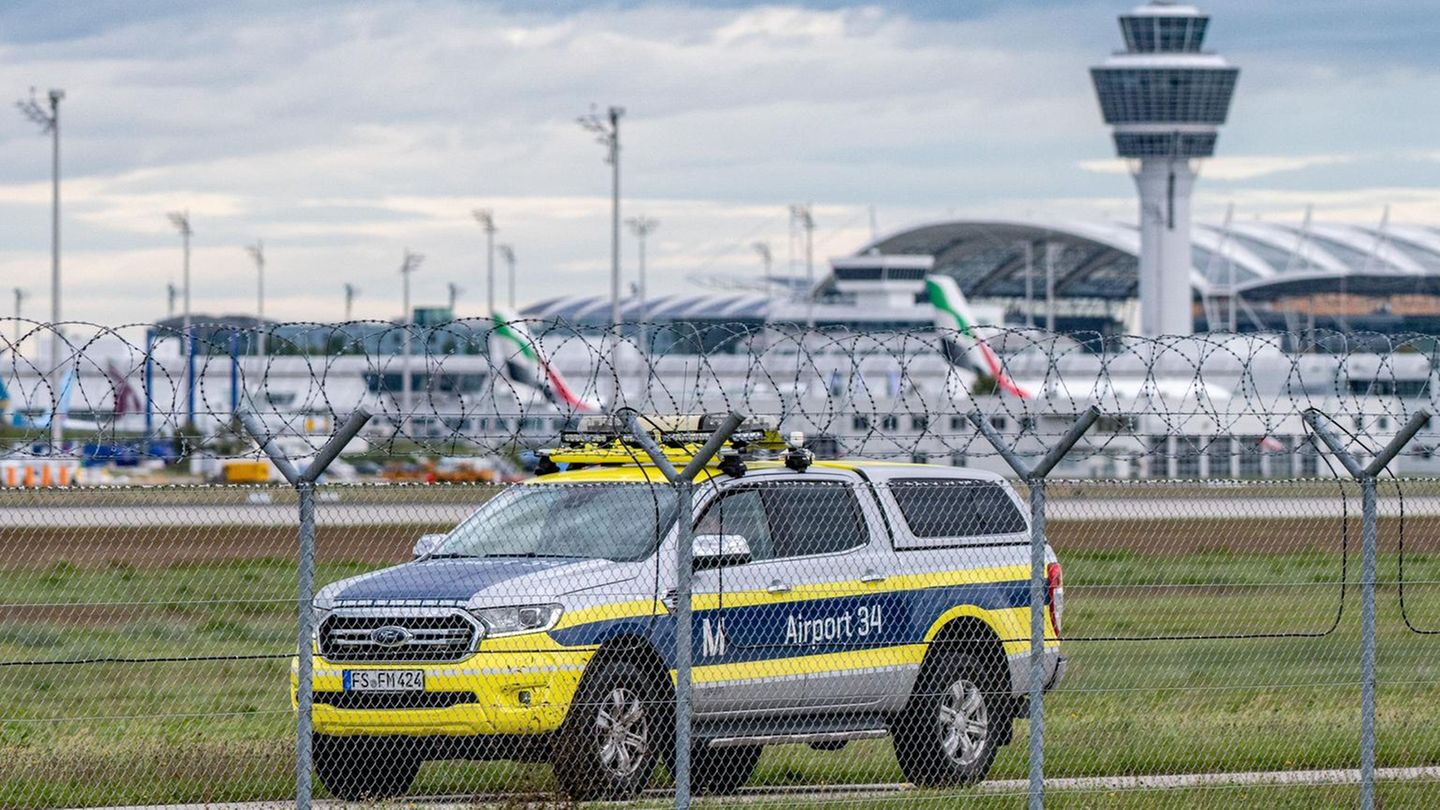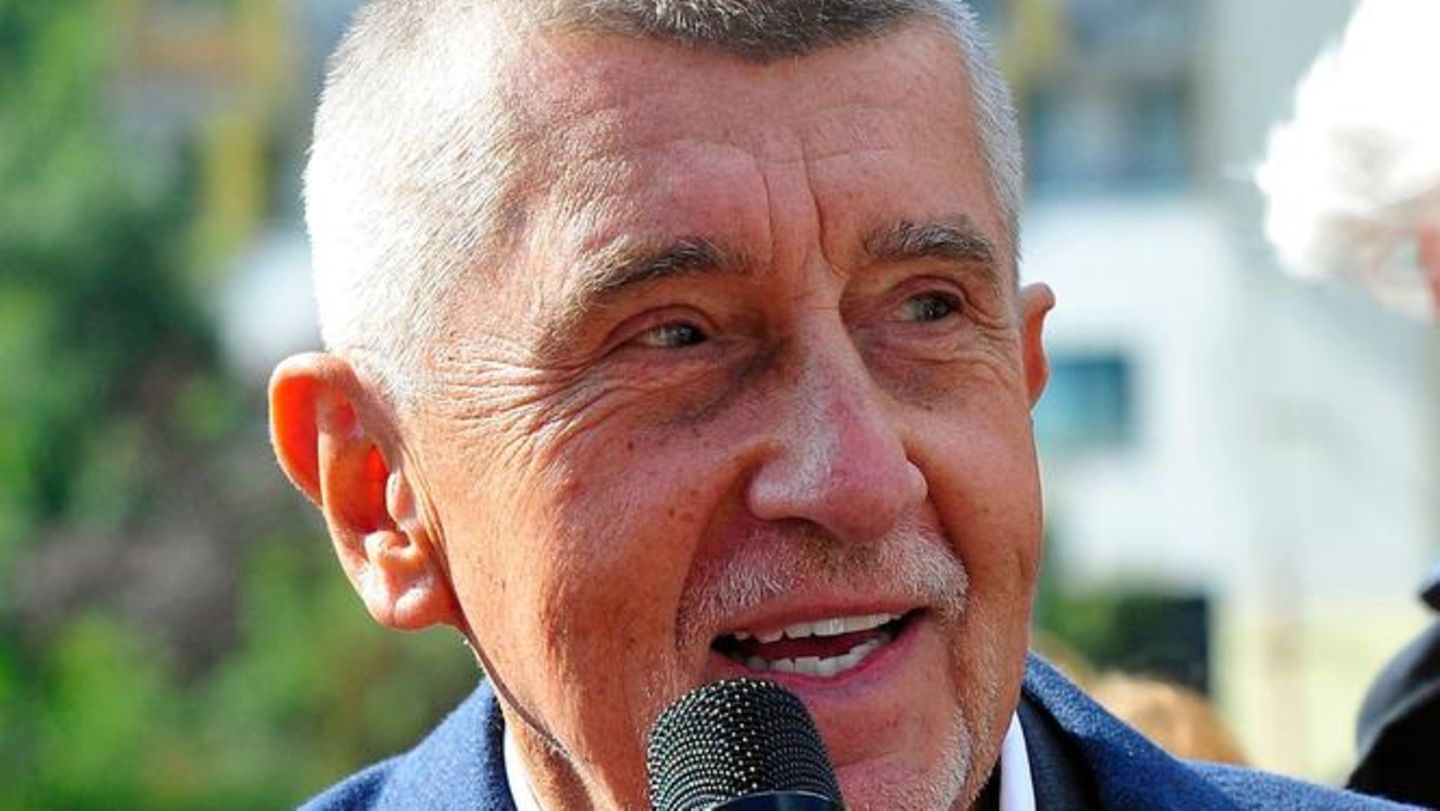Since the information of May Inflation, which marked 7.8%, the question that resonates with economists is what is in store for the Dolar blue in the remainder of the month and going forward, especially taking into account the greater offer of pesos that is coming due to the Christmas bonus. But if we take into account last month’s inflation, how did the currency fare? did he beat the Fixed term?
In the month of May, the financial dollars showed a good performance, as well as the fixed term. But it was not the case of blue. Let’s see the following data:
- The blue dollar started May at $474 and ended the month at $490 (an increase of only 3.38%).
- The MEP dollar and the CCL did manage to overcome inflation: those who invested in the CCL beat inflation (since it appreciated 9.5% in the month, while the MEP dollar also showed a good performance with a rise of 8.8%.
Coincidentally, it was the last month in which financial dollars began to move less, due to official intervention to moderate the rises.
Blue dollar: What is happening in June?
June is characterized for being a complex month. In the first days, the parallel was maintained with few movements due to the sale of companies to pay salaries and bonuses. And at the end of the month, the exact opposite happens: with more pesos on the street, demand is more likely to skyrocket. All in an electoral context 2 months after the PASO, which makes hard currency act as a hedge not only against inflation but also against currency devaluation.
“Historically, the dollar has shown itself as a purchasing power refuge for Argentine society in the face of recurring exchange crises. In this sense, excess liquidity tends to turn into a greater demand for foreign currency and, in the face of a highly restricted exchange market, alternative dollars become even more relevant“, analyzed Ecolatina economist Bruno Bonfanti in consultation with Ámbito.
the economist Elena Alonso, in consultation with this medium, he attributed the recent rise in the blue to a matter of electoral and current expectations.
“The uncertainty in the face of the elections makes people out of fear go out to protect their savings in hard currency, because it is what never failed, and due to ignorance of other more profitable investment alternatives than buying a ticket. But also when there is an economy very strong casual, Sometimes people have no choice but to resort to this option because it is the only thing they can do to have unpaid salaries. In this same sense, there is also the pressure of more pesos in the economy due to the payment of a complementary annual salary that generates more demand for this type of dollar and other financial dollars, such as MEP or CCL. On the other hand, more macro is the issue that Inflation also puts pressure on these exchange rates and as prices rise, there is pressure to increase the exchange rate so that it doesn’t lag.”
Dollar Dollar 2022 dollars Pesos Bills
Mariano Fuchila
What is expected for the coming months?
In the future, Bonfati stated that it is probable that “we will see greater volatility in the exchange rate gap as a result of the typical dollarization of portfolios in the pre-election season. However, we must not lose sight of the fact that the rises in alternative dollars are not usually gradual as is currently the case with the official exchange rate (crawling peg). Contrary, Alternative dollars tend to show marked increases at times when uncertainty prevails, and then stabilize for a few rounds at those levels. In this sense, when analyzing the jumps in alternative dollars, it should not be overlooked that inflation is currently at extremely high levels and the official exchange rate travels at a rate of more than 7%.”
For his part, the economist Amilcar Collante He affirmed that “there is always a tendency to dollarize the surplus of pesos and this can add a little more demand to the market.” For the analyst, the Government will continue with the same strategy that it has been carrying out up to now: intervening in the closure of financial dollars “to contain the exchange rate gap.”
“I think that with inflation around 8%, financial dollars should go up around 5% / 6%, it can’t be too far behind prices.“, he added.
Source: Ambito




